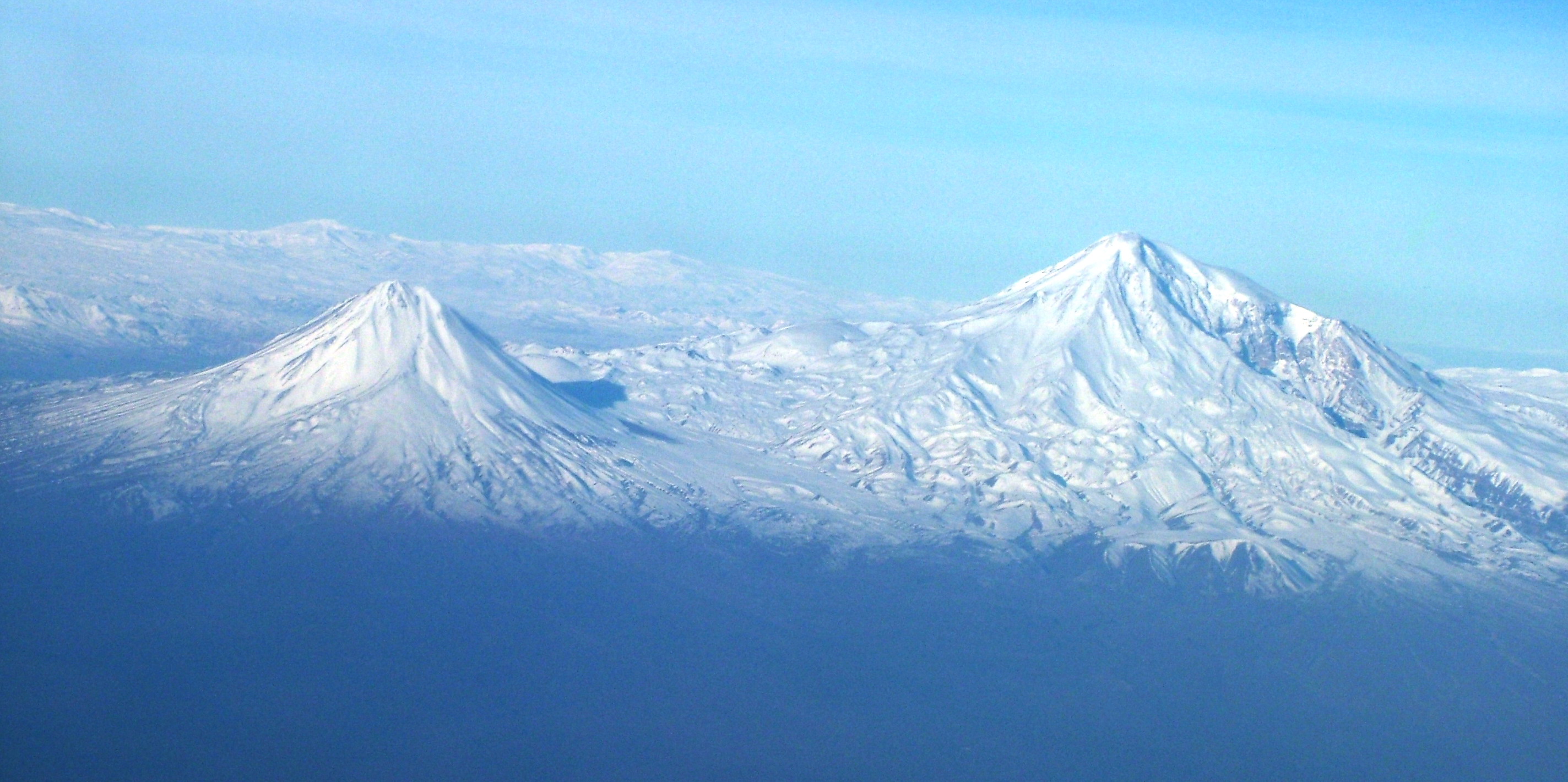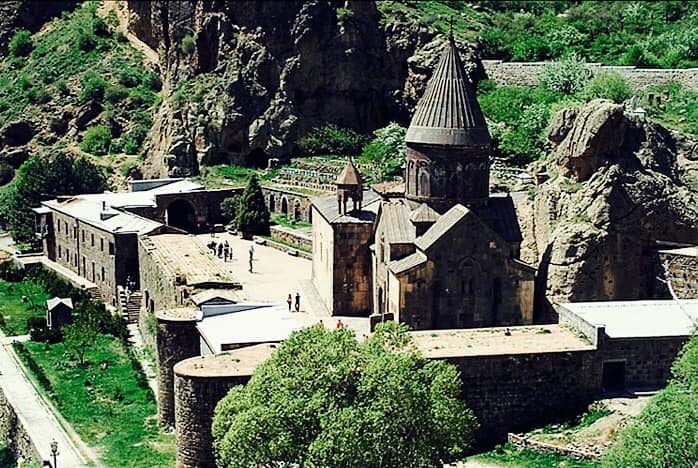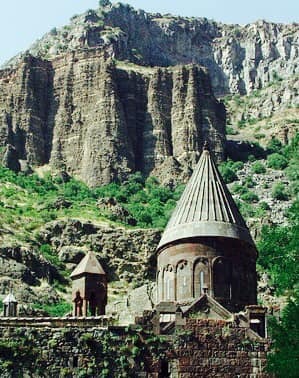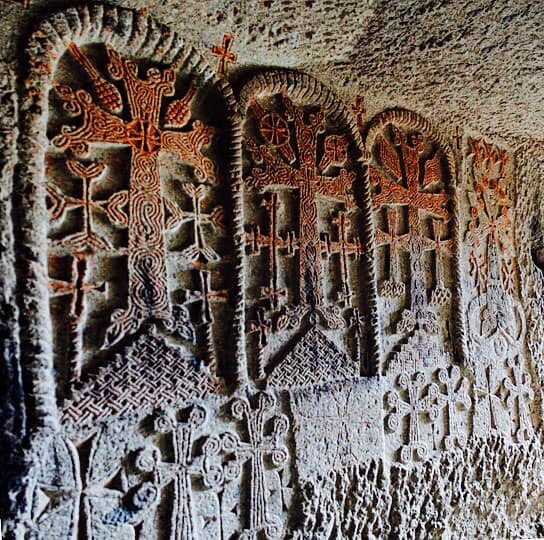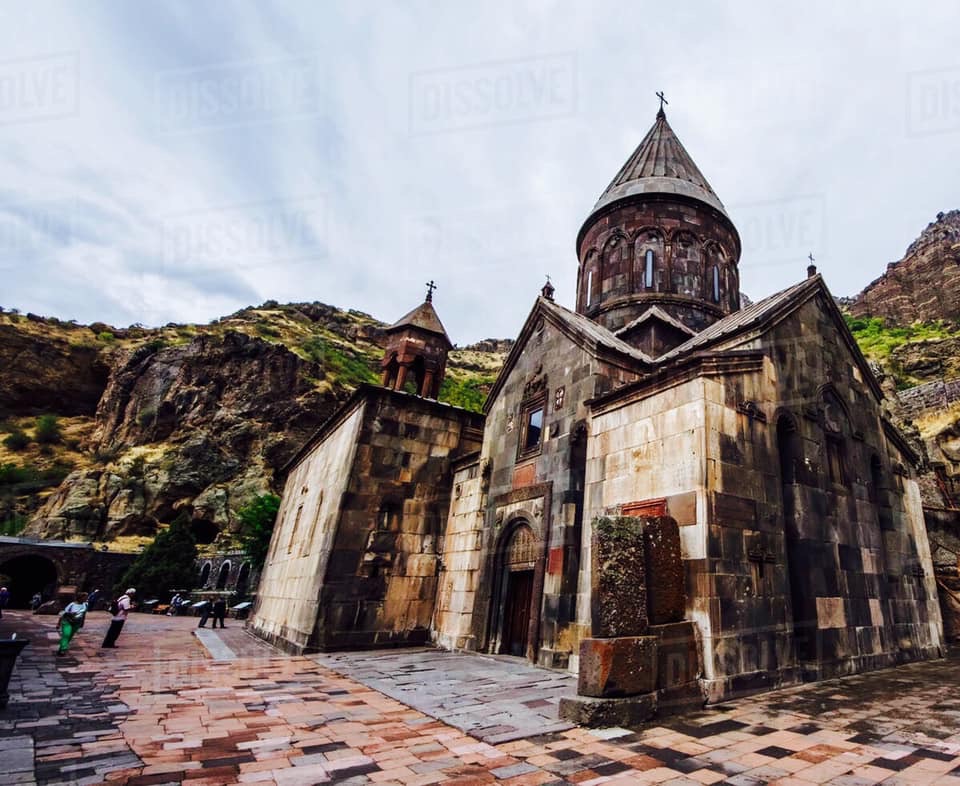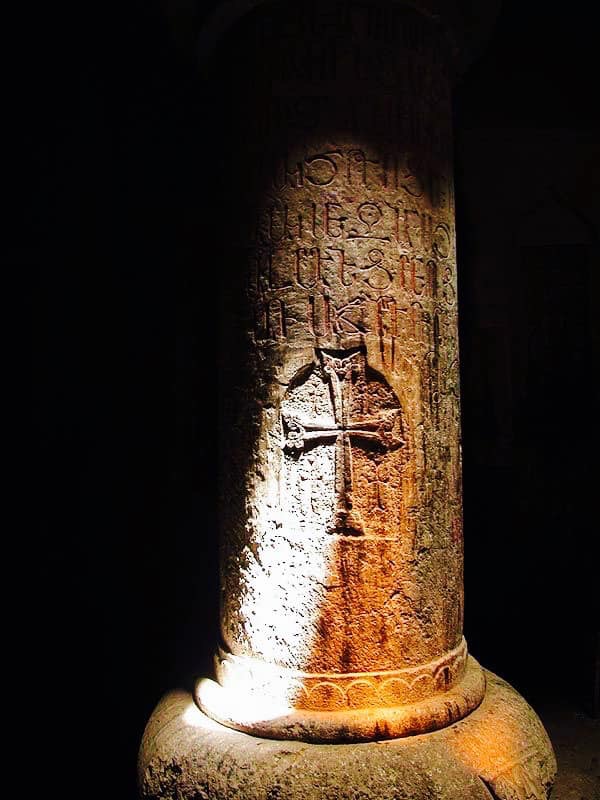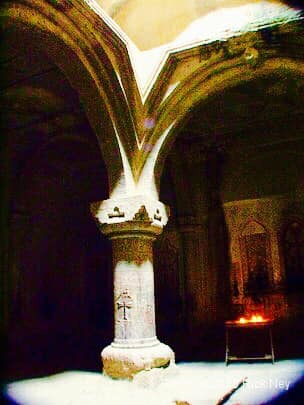Return
|
Ref ID: 1PY2019/7767 | Posted On: 01-06-2019 | Updated on: 02-06-2019
|
|
Geghard monastery, Monastery of the Spear (Geghardavank)
Click on photo to view full image or click to watch video.
Geghard monastery, Monastery of the Spear (Geghardavank)
Geghard (Armenian: Գեղարդ, meaning "spear") is a medieval monastery in the Kotayk province of Armenia, being partially carved out of the adjacent mountain, surrounded by cliffs. It is listed as a UNESCO World Heritage Site.
While the main chapel was built in 1215, the monastery complex was founded in the 4th century by Gregory the Illuminator at the site of a sacred spring inside a cave. The monastery had thus been originally named Ayrivank (Այրիվանք), meaning "the Monastery of the Cave". The name commonly used for the monastery today, Geghard, or more fully Geghardavank (Գեղարդավանք), meaning "the Monastery of the Spear", originates from the spear which had wounded Jesus at the Crucifixion, allegedly brought to Armenia by Apostle Jude, called here Thaddeus, and stored amongst many other relics. Now it is displayed in the Echmiadzin treasury.
Geghard is enveloped by tall cliffs along the Azat River, and the monastery is not too far from the strategic Ararat Plain. Located 30 km (19 mi) from Yerevan. Geghard is quite near the Temple of Garni - Armenia’s only surviving pagan temple - which is only 11 km (7 mi) down the Azat River. Geghard is additionally not too far from the ancient Armenian capital of Artashat and the medieval fortress of Kakavaberd. It is likely that the environs around Geghard were inhabited in prehistoric times, including by the Urartians between the 8th-6th centuries BC. In pagan times, local inhabitants venerated a spring that emerged from the cave that today forms part of the monastery. It is for this reason that Geghard is sometimes referred to as "Ayrivank" which in Armenian means "Monastery of the Cave."
Over time, Ayrivank grew from being a small chapel into a monastic community. The monastery is attested by ancient and early medieval Armenian historians, although the remains of Ayrivank have not survived the ages. In the 8th and 9th centuries AD, Arab invaders pillaged Ayrivank, destroying unique manuscripts, libraries, and burning down the multiple religious edifices of which comprised the monastery. Although Ayrivank was ruined, in time, a new monastery would be rebuilt in its place: Geghard.
Inscriptions within the complex insinuate that construction on the main church of Geghard - Katoghike - ended around the year 1215 AD. This church was commissioned under the patronage of two Armenian princes: Zakharia and Ivan. However, it should be noted that the oldest inscriptions at the complex are located within the small Chapel of St Gregory, and they date to the 1170s AD. When Queen Tamar (r. 1184-1213 AD) reconquered much of Armenia from the Seljuk Turks and other Turkic tribes in the late 12th and early 13th centuries, she helped stimulate a brief golden age of artistic splendor and cultural production in both Armenia and Georgia. Geghard flourished, as a result, from c. 1200-1400 AD, when it was a popular destination for Armenian and Georgian Christians. Mkhitar Ayrivanetsi and Simeon Ayrivanetsi - Armenian historians who pioneered innovative techniques in Armenian manuscript art - lived and worked at Geghard in the 13th century AD. Geghard was called the "monastery of the seven churches and the monastery of the forty altars" during its medieval heyday.
The spectacular towering cliffs surrounding the monastery are part of the Azat River gorge, and are included together with the monastery in the World Heritage Site listing. Some of the churches within the monastery complex are entirely dug out of the cliff rocks, others are little more than caves, while others are elaborate structures, with both architecturally complex walled sections and rooms deep inside the cliff. In total, more than 20 buildings were carved directly into the mountain side ranging in size and complexity from churches, tombs, vestries and chapels. One of the largest expansions was from the Proshian family and includes a family tomb and church. Each new expansion included domed ceilings, columns, archways with detailed carvings, in the case of the Proshian family, a large relief of their family crest. Throughout the complex on exterior and interior and more specifically in the upper Zhamatoun, or burial chapel, Khachkars are hewn into the walls in memory of a deceased or in commemoration of a donation to the monastery. Similar to the carvings throughout the Geghard complex, each Khachkar is richly carved with floral and geometrical motifs.
The combination, together with numerous engraved and free-standing khachkars is a unique sight, being one of the most frequented tourist destinations in Armenia.

